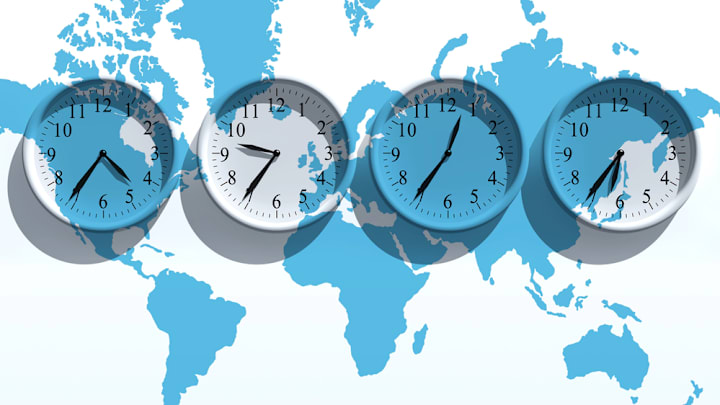How One Trip Changed My Relationship with Time

Before that trip, time was something I chased. It moved in blocks and checklists, managed by alarms, scheduled weeks in advance. My days were filled with “shoulds”—I should get more done, I should be somewhere else by now, I should have achieved more. My relationship with time was transactional: use it, control it, don’t waste it.
But somewhere in a quiet town far from home, where buses came when they came and dinner lasted until people stopped talking, time loosened its grip on me—and I loosened mine on it.
Arriving in a Slower Rhythm
The change wasn’t immediate. I arrived with my usual pace, eyes darting between my map and my itinerary. I tried to do it all: morning hikes, museum visits, local markets, every “must-see” wedged into tight blocks. But nothing responded to my urgency.
Shops opened late. Buses ran unpredictably. Conversations at cafés lingered. Even meals seemed to stretch, as if time moved differently here—not slower, just less fragmented. People didn’t rush to fill the silence. They didn’t measure the value of their day by how much they got done.
At first, I was frustrated. Then I was curious. Then I exhaled.
Surrendering to the Moment
One afternoon, I sat at a small café with no Wi-Fi, no plan, and no sense of what I “should” be doing. I watched the sunlight slide across the stone walls. I watched a waiter tie his apron just so. I watched a child hand a coin to a street musician with such reverence it made me cry a little.
Nothing urgent happened. But everything felt full.
That moment—unrushed, unproductive, unremarkable—changed something in me. I began to see time not as a currency to spend, but as a space to inhabit.
Days Without Deadlines
As the trip went on, I abandoned my itinerary. I walked without a destination. I let meals decide when the day started and ended. I stopped checking the clock and started trusting my body to tell me when to rest, when to move, when to pause.
This wasn’t laziness—it was liberation. I was still doing things, still experiencing. But it wasn’t extractive. I wasn’t trying to optimize my time. I was letting it unfold.
And with that shift came a sense of ease I hadn’t felt in years.
Carrying the Shift Home
Coming back was the real challenge. The pace around me hadn’t changed. Deadlines returned. So did inboxes, appointments, reminders. But something inside me had shifted.
I noticed my impulse to overfill my days. I noticed the tightness in my chest when I tried to “get ahead.” I noticed how rare it was to let a conversation breathe or a walk stretch beyond its purpose.
And in those moments, I remembered the café, the sunlight, the child and the coin. I remembered that there is time—not always for everything, but always for presence.
The Takeaway: Time Isn’t Something to Beat
One trip didn’t make me a completely different person. I still check my calendar. I still forget to slow down. But now I carry a different relationship with time—one that’s less adversarial and more forgiving.
I no longer strive to master time. I strive to meet it.
Because what that trip taught me, in the most ordinary and beautiful ways, is that time isn’t meant to be conquered—it’s meant to be lived in.
And sometimes, all it takes to relearn that is to sit still long enough to hear the clock stop ticking and start breathing.